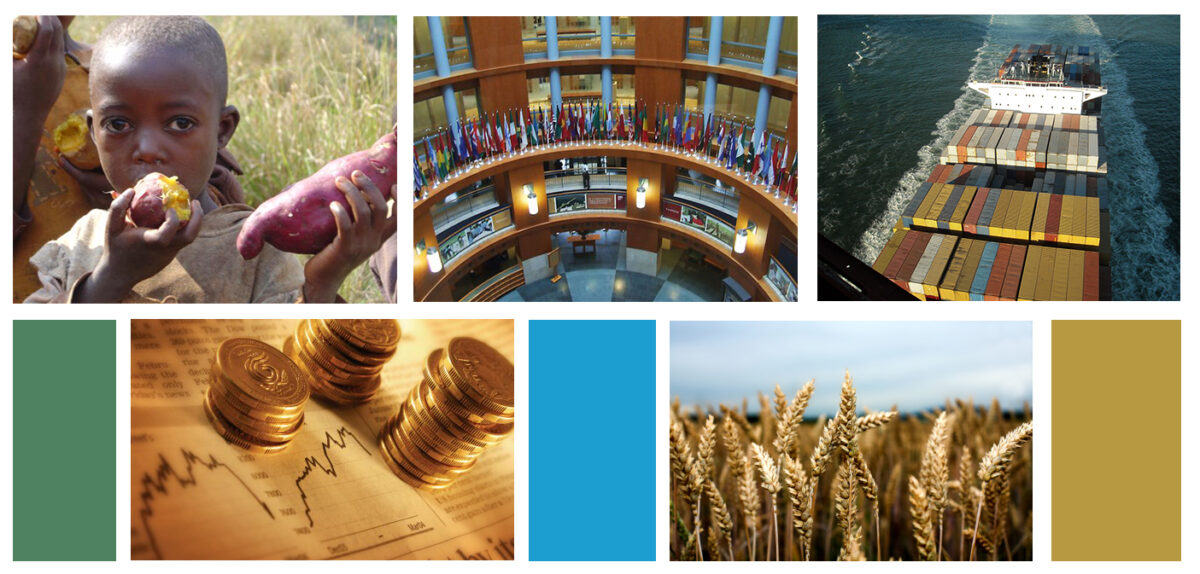Asymmetric Shocks in Trade Distances
The correlation between trade and income has been extensively documented in empirical research. But the ‘endogeneity issue’ of whether trade increases income or income increases trade has not received a definite answer. The first attempts to solve the endogeneity issue involved the use of geographical instruments. A natural choice of instrument is the geographical distance from one […]

